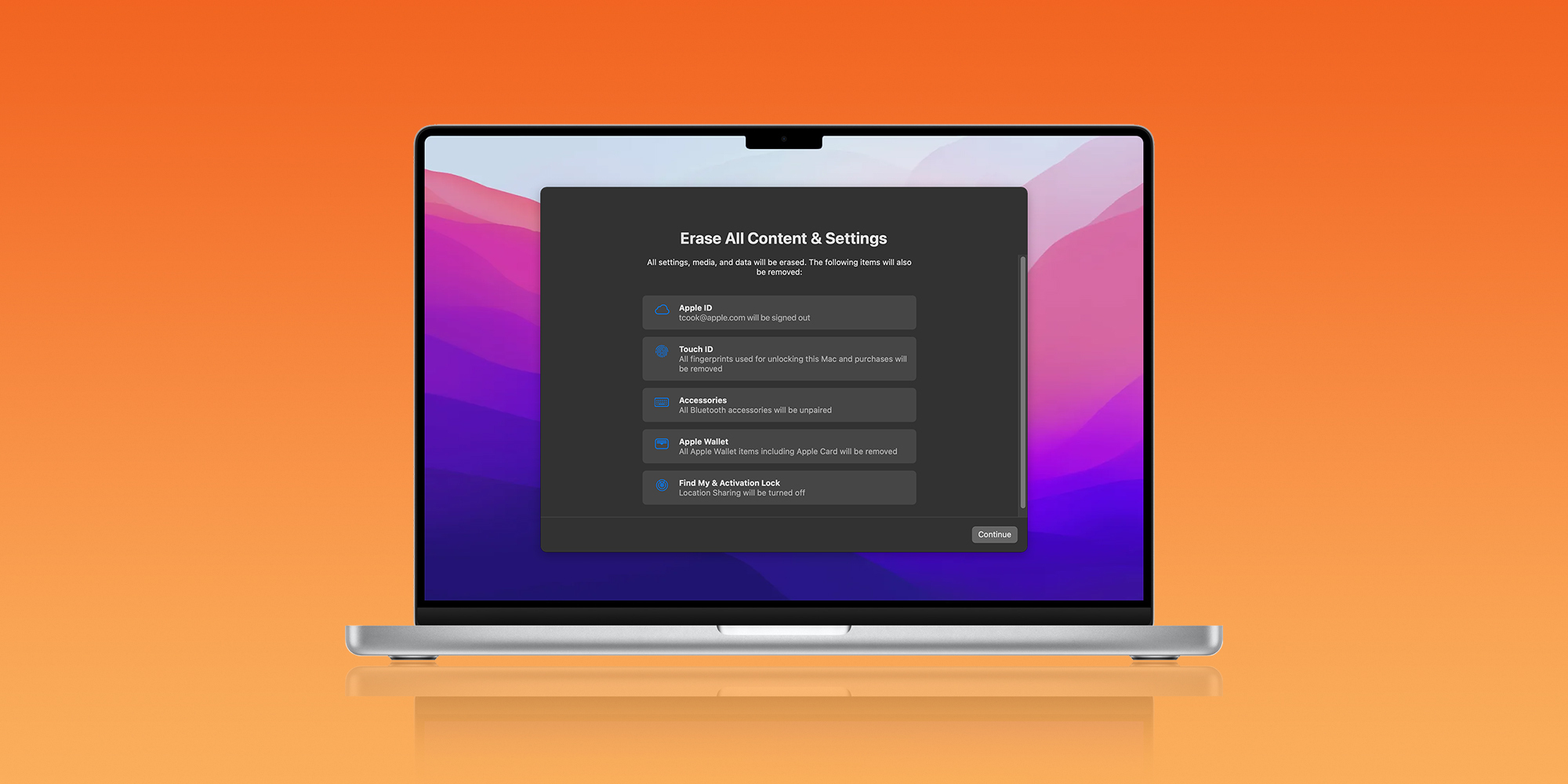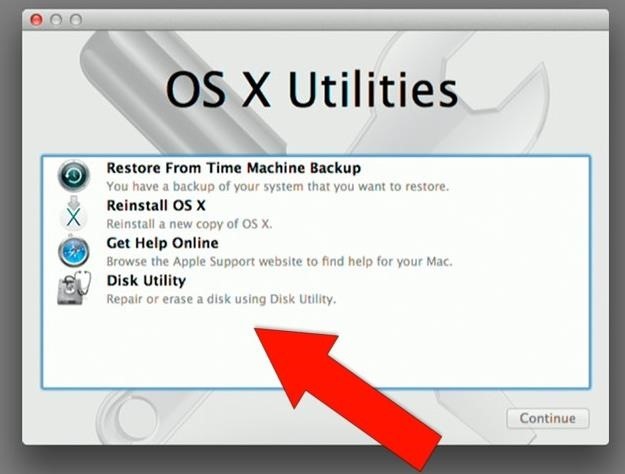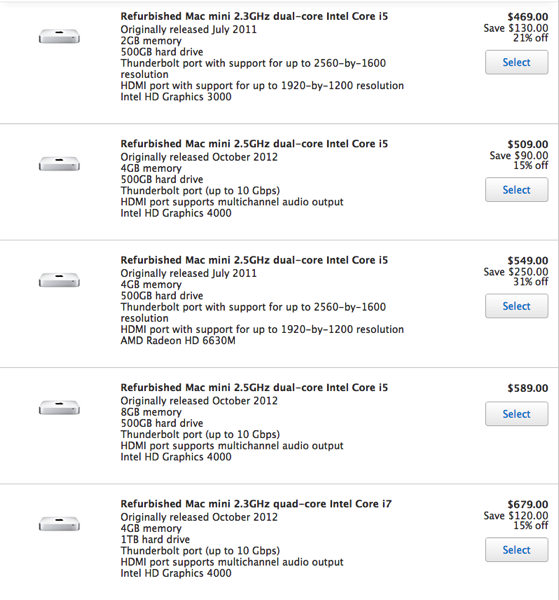
- #2017 macbook air does not have disk utility update
- #2017 macbook air does not have disk utility upgrade
- #2017 macbook air does not have disk utility pro
- #2017 macbook air does not have disk utility mac
But if your laptop is used mainly for browsing and light document work the 128GB should suffice. We’d recommend you go for as much storage as you can afford if you plan on storing music, images or video. The choice you get (as standard) is either 128GB or 256GB, but you can also double the maximum on-board storage to 512GB for $200. In the old days we’d have called this the “hard disk” but the Air has always boasted much-faster “solid-state” SDD drives. The only difference between the two MacBook Airs you can buy in 2017 is the storage capacity.
#2017 macbook air does not have disk utility pro
But remember that if speed is really vital to you, you should look to the MacBook Pro range. The custom option 2.2GHz i7 processor can reach 3.2GHz via Turbo Boost.īasically, you should go for the fastest processor if you want, and if possible Turbo Boost will push it as far as it can. The standard 1.8GHz i5 processor can be pushed to 2.9GHz. If enough power is available and the temperature is at a safe level Turbo Boost will ‘over-clock’ the core and enable it to work faster. In technical terms this over-clocks the processor to push to greater speeds.
#2017 macbook air does not have disk utility upgrade
When buying the new Air you can upgrade to a 2.2GHz Intel Core i7 processor.Īpple also offers a feature called Turbo Boost. You’ll also get faster graphics (the 2017 Air uses the same Intel HD Graphics 6000 chip, which replaced the 2014 Air’s HD Graphics 5000), and 8GB RAM as standard. If your Air is older than the 2015 model – and you still love the form factor – then an upgrade might be worthwhile. When we’ve speed tested the new Air we’ll let you know what that does to performance, but we can say for sure that it wouldn’t be worth upgrading from the 2015 model to the 2017 Air. The 2017 model’s Intel Core i5 processor gets a small speed bump from 1.6GHz to 1.8GHz.

That said, for most of us, with our browsing, streaming, social and office needs the MacBook Air should be fast enough.
#2017 macbook air does not have disk utility mac
MacBook Pro models have used later “Skylake” and most up-to-date “Kaby Lake” processors, so if you need the fastest speeds from a Mac laptop you should look to the Pro range (from 2.3GHz to 3.6GHz chip speeds). Everything else remains the same from the most recent 2015 model, which used the same Intel “Broadwell” processor as the 2017 Air. MacBook Air 2017: processor, graphics and RAMĢ017’s changes are limited to the faster processor. It’s still available in just the one silvery colour, unlike the 12-inch MacBook (Silver, Space Grey, Gold, or Rose Gold) or 13-inch or 15-inch MacBook Pro (Silver or Space Grey). There were some minor processor and port changes in 2015, but since then the only real updates have been upticks on the processor speed and a welcome doubling of the default memory (from 4GB to 8GB).

A new model of the 12-inch MacBook was also announced, again getting faster Intel processors.Īpple hasn’t changed the Air much at all since it wowed the laptop world in 2010 with its sharp, wedge-shaped case – which still looks great, in our opinion. The MacBook Pro also saw a minor update, getting a processor bump to the Kaby Lake chipset.
#2017 macbook air does not have disk utility update
Apple might have forgotten it in favour of the sharper-screened 13-inch and 15-inch MacBook Pro and dinkier 12-inch MacBook, but the masses still love the lightweight, entry-level Air.Īpple isn’t calling its most recent MacBook Air update a “new” model, but to distinguish it from its otherwise very similar Early-2015 MacBook Air we’ll call it the Mid-2017 MacBook Air. The MacBook Air is the laptop you see in coffee shops, libraries, offices, and student digs all over the world.

MBA 2015 (PCIe 3.0) only had a modest improvement over MBA 2013/2014 (PCIe 2.0): “Early 2015 release still saw read/write speeds that were 90-120% faster than the 2013/2014 models”ĭo you think it’s true that MBA 13” 20 cannot support PCIe 3.In June 2017 Apple updated the processor on its 13-inch MacBook Air from 1.6GHz to 1.8GHz – not a massive improvement, but the MacBook Air remains a great choice for an entry-level Mac laptop.

4A drives as the rest of Apple’s product lines, but didn’t support the PCIe 3.0 connection the newer drives were capable of. “ “The 13″ MacBook Air used the same Gen. The blog further commented that for MBA 13” 2015 and MBA 13” 2017, the hardware is PCIe 3.0, but this product line doesn’t support PCIe 3.0 (See “MacBook Air (Early 2015 - Mid 2017)” section): '' The blog written about this classify MBA 20 as “Generation 4”. Seems that both MBA 13” 2015 and MBA 13” 2017 both has 4x PCI-e 3.0


 0 kommentar(er)
0 kommentar(er)
